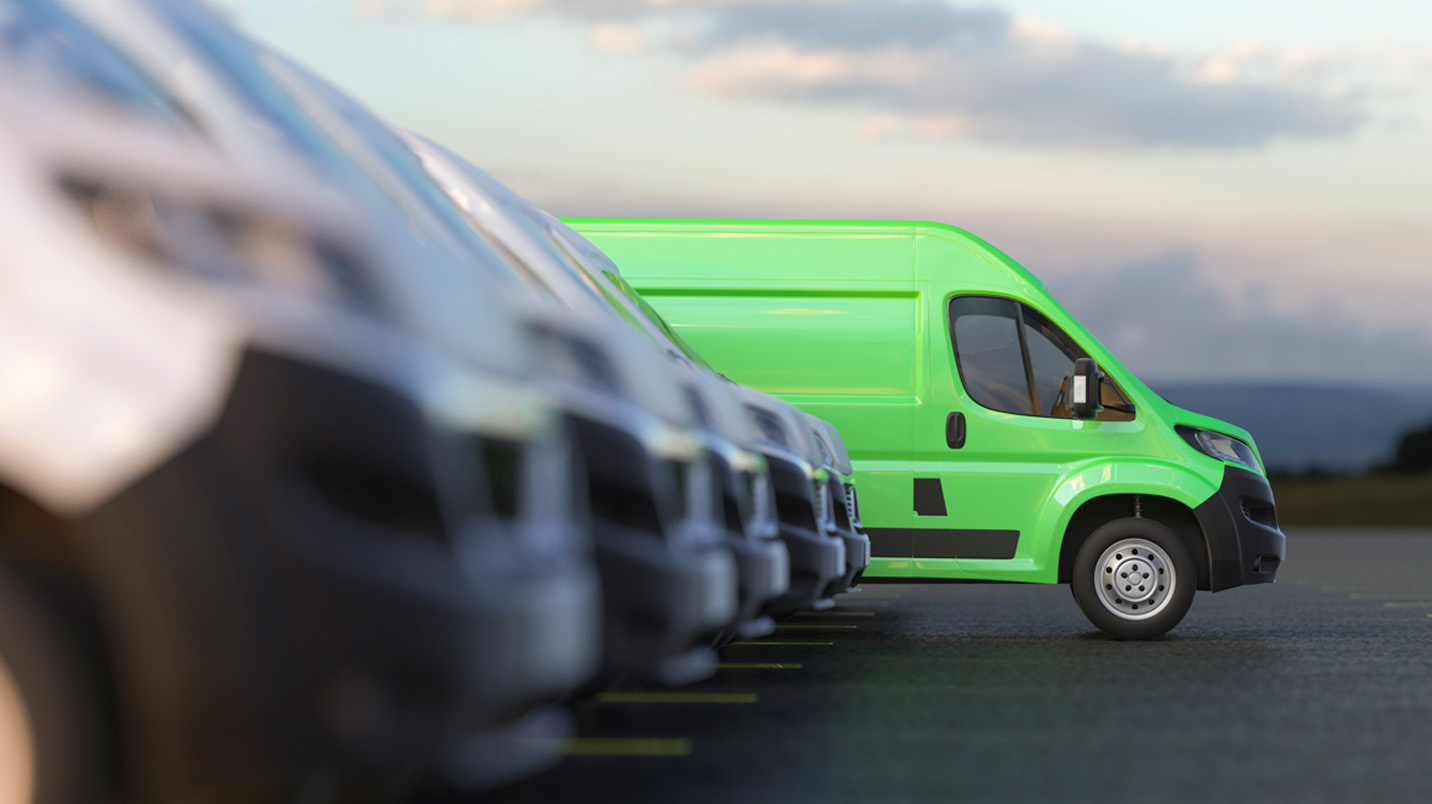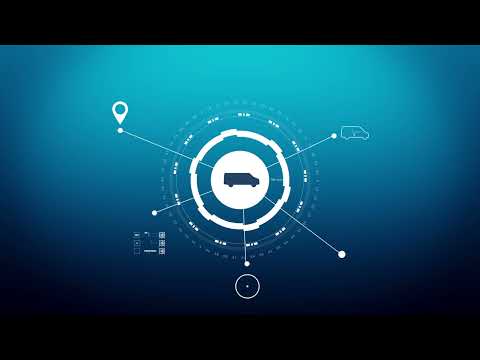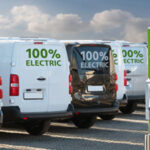-
What We DoFrom fleet management and productivity solutions to upfitting, fabrication, and insurance, Holman has the integrated automotive services expertise to keep your business moving.Overview
-
ResourcesWe have a lot to share. Browse our resources library for current insights, data, strategies, and success stories from our own experts in their respective fields.Overview
-
About UsWhen Holman was founded in 1924, we set something positive in motion. Our consistent focus on people and our commitment to integrity make us who we are today.Overview
 Join Our TeamWe’re not just in the automotive business, we’re in the people business. Join us for the ride.Browse Careers
Join Our TeamWe’re not just in the automotive business, we’re in the people business. Join us for the ride.Browse Careers
Why You Should Consider Making the Switch to an EV Fleet

2035 marks the official phase-out of petrol and diesel cars in the UK, but the industry is already working hard to accelerate the switchover.
Although this may still feel like a long way off, the transition from early adopters to the mass market is well underway (the 2022 Fleet200 Strategy Survey undertaken by Fleet News revealed a 54% reduction in the diesel mix of their car fleets), so the faster you start planning and putting into practice the following steps, the smoother the transition and the more significant the rewards will be for your fleet and business.
With new vehicles hitting the market fast, offering increased range, innovative tech, and quicker charging, the time for businesses to think about shifting more of their fleet to EVs is now. Plus, with lower maintenance costs and improved driver features, it’s worth checking out what a smooth transition could look like.
For many businesses, drafting a fleet electrification plan will feel like a step into the unknown. You will naturally discover the right path once you start your journey; however, for a smoother, more effective start, it could pay to have expert knowledge available to offer advice and guidance and the most appropriate industry contacts to ensure an effective transition. Considerations include:
Vehicle Choice
Before switching your fleet to EVs, you must ensure that the market has designed suitable vehicles to replace those you use (particularly important if you have a specialist fleet), check their availability and understand the supply chain to acquire them swiftly.
Charging Infrastructure
Charging infrastructure forms the backbone of all operations, so you will need to action a well-considered strategy with accompanying infrastructure tailored to accommodate the new fleet as part of your electrification plan.
Often, a site evaluation by your local energy provider will help advise on the necessary modifications and help prepare the site.
Alternatively, you can use Holman’s in-house expert industry knowledge to make your depot fit for purpose now and for the future and equip your driver’s homes to accommodate the change.
Out on the road, a thorough grounding of available utilities on regular routes is essential. Although battery technology continues to break new ground with the capability for ever-longer ranges, you must decide how to facilitate top-ups during your deliveries and trips. A key consideration is whether to rely on public charging stations alone, strategise a network of trusted charging suppliers or install private charging stations (or a combination of all three).
Training
Electric powertrains have no gearbox and a different, instant power delivery, entirely different from traditional vehicles, which can take a little while to tune into. So, if you are considering the switch, it’s worth ensuring your drivers are confident behind the wheel by budgeting for extra driver training.
Maintenance
One huge benefit of switching to electric over a traditional fleet is the massive reduction of moving parts, resulting in fewer repairs and replacements, but introduces several considerations due to the weight and new technology within them.
For total peace of mind, it’s advisable to get a rigorous preventative maintenance schedule, especially for the commercial vehicles on fleet. At Holman, we have the expertise to put this in place and our network has been designed to support all fleet, no matter the brand.
Ultra Low Emission Zones
For businesses whose fleet needs to navigate ultra-low emissions zones regularly, the resulting cost savings through EV delivery vehicles going uncharged when passing through cities such as Oxford, Bristol and London may hasten your decision to switch to an EV fleet.
Funding
At the time of writing, there are many tax breaks, incentives and grants around EV fleets, including an exemption of road tax for all-electric vehicles, Benefit In Kind (BIK) Tax of 2% for 2023/4 (although there are industry fears that this may increase) around the purchase and electricity provision through dedicated charge points, congestion charges (as discussed above), and capital allowance breaks. In addition, the EV salary-sacrifice scheme is a practical way of helping your employees get on the EV ladder while saving National Insurance Contributions.
Your Holman EV consult will help you navigate the most cost-effective path, or please look at the HMRC website.
Driving your environmental impact down.
The need for companies to cut carbon emissions and act more sustainably to benefit their employees and customers is becoming increasingly pressing. As well as reducing your carbon footprint and saving maintenance and running costs, shifting to an EV Fleet is a visible, cost-saving solution demonstrating your commitment to a greener future.
Conclusion
Running an effective fleet requires staying at the forefront of development to avoid getting hindered by older and obsolete technology. Fleets and businesses drive half of UK vehicle sales, and if your competitors are already transitioning to EVs, you may have to consider making the switch faster than previously planned.
If you are considering the switch, get in touch to find out how we can help you develop a comprehensive EV transition strategy and long-term fleet sustainability plan that maximises the return on your green investment and supports your smooth transition to an EV fleet.
Related Resources
Explore more related industry news, insights, and developments.
It looks like you've navigated to our Holman UK website and are located outside of this region. Would you like to continue or select a different region?
✕






